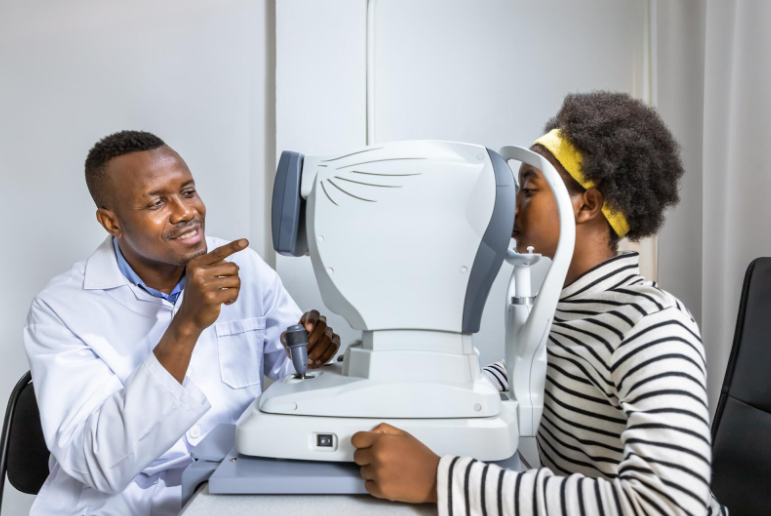Retinoschisis vs Retinal Detachment: What Every Patient Needs to Know
Have you ever heard about retinoschisis and retinal detachment and wondered what the difference is?
This easy-to-read article unravels the mystery behind “retinoschisis vs retinal detachment.” We will help you understand these two eye conditions better. Knowing the difference is crucial because it could save your vision.
So, whether you’re a patient, a caregiver, or just someone curious about eye health, this article is valuable. Let’s dive in!
Table of Contents
Cause
Retinoschisis and retinal detachment have different causes. Retinoschisis happens when the retina splits into two layers. This is often due to changes in the eye as we age.
On the other hand, retinal detachment is usually caused by a tear or hole in the retina. This allows fluid to seep under the retina and lift it away from the back of the eye.
Location of Separation
The place where the separation occurs also sets retinoschisis apart from retinal detachment. In retinoschisis, the split happens within the layers of the retina itself. It’s like having a crack in a piece of paper; the paper is still in place, but there’s a split right in the middle.
In contrast, retinal detachment is when the whole retina lifts or peels away from its normal position at the back of the eye. Imagine wallpaper peeling off from a wall; that happens in retinal detachment.
Symptoms
In terms of symptoms, both conditions can be tricky as they might not cause any noticeable signs at first. This is why regular eye check-ups are so important. With retinoschisis, you might not experience any symptoms or notice a slight decrease in side (peripheral) vision.
The symptoms of retinal detachment can be a bit more noticeable. You might see floaters or flashes of light, or it may seem like a dark curtain has descended over your field of vision. In some cases, you can discover more on retinoschisis here, as early detection and management are crucial for preserving vision.
Risk Factors
Various factors play a role in increasing the risk of retinoschisis and retinal detachment. Aging is a common risk factor for both conditions, and the likelihood increases as we age. For retinoschisis, males are more likely to be affected, particularly those over 40.
In contrast, retinal detachment could occur due to severe nearsightedness or previous eye surgeries. It’s important to remember that while these conditions can happen to anyone, certain lifestyle choices, such as regular eye check-ups, can help in early detection and treatment.
Treatment
The treatment options for retinoschisis and retinal detachment depend on the severity of the condition. In many cases, retinoschisis may not require any intervention, while regular monitoring is essential to ensure it doesn’t progress. However, laser treatment or surgery may be necessary to prevent vision loss if it worsens.
In the case of retinal detachment, immediate medical attention is crucial. The treatment generally involves surgery to reattach the retina and prevent permanent vision loss. Treatment success for both retinoschisis and retinal detachment hinges on early detection, underscoring the importance of regular eye exams.
Cracking the Code of Retinoschisis vs Retinal Detachment
Understanding ‘retinoschisis vs retinal detachment’ demystifies these two eye conditions. Remember, your eyes are precious, and their health is paramount. So, early detection and prompt treatment are key, whether it’s retinoschisis or retinal detachment.
Don’t take your vision for granted. Keep up with regular eye check-ups and stay eye-healthy. Remember, sight is essential to your life, and preserving it starts with knowledge and awareness.
Is this article what you were seeking? If so, our blog contains a wealth of helpful content.









